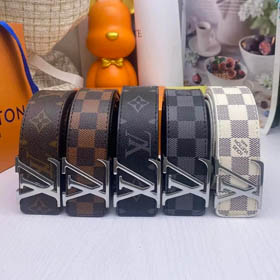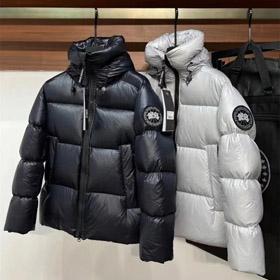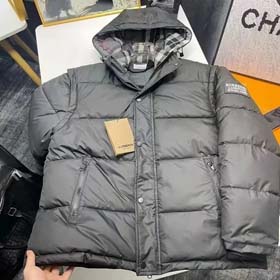Founded in 1994 by James Jebbia, Supreme has grown from a small skateboard shop in downtown Manhattan to a global phenomenon in streetwear and fashion. With its roots deeply embedded in skateboarding culture, the brand has become synonymous with urban style, exclusivity, and authenticity. Over the years, Supreme has managed to bridge the gap between underground subcultures and mainstream fashion, creating a unique identity that resonates with fans worldwide.
Supreme's journey began on Lafayette Street in New York City, where Jebbia envisioned a space that would cater to the city's skateboarding community. The store quickly became a hub for skaters, artists, and musicians, offering not only skateboards and apparel but also a sense of belonging. The brand's early success can be attributed to its ability to tap into the raw, rebellious spirit of skate culture while maintaining a minimalist yet bold aesthetic.
What sets Supreme apart from other streetwear brands is its ability to stay true to its roots while continuously evolving. The brand's iconic box logo, designed by artist Barbara Kruger, has become a symbol of exclusivity and cultural relevance. Collaborations with artists, designers, and other brands have further solidified Supreme's position as a cultural tastemaker. From working with Nike and Louis Vuitton to partnering with contemporary artists like KAWS and Takashi Murakami, Supreme has consistently pushed the boundaries of fashion and art.
Supreme's limited-edition drops are another key aspect of its success. By releasing small quantities of highly sought-after products, the brand has created a sense of urgency and hype around its releases. This strategy has turned every new product launch into an event, with fans lining up for hours or even camping outside stores to secure their favorite items. The secondary market for Supreme's products is equally competitive, with resellers often selling items at significantly higher prices.
Despite its mainstream success, Supreme has managed to maintain its underground credibility. The brand's collaborations with skate teams, its support for emerging artists, and its commitment to preserving its core values have allowed it to stay connected to its origins. Supreme's ability to balance exclusivity with accessibility has made it a staple in both urban fashion and high-end streetwear.
Today, Supreme operates stores in major cities around the world, including Tokyo, Paris, and London, while continuing to influence global fashion trends. Its influence extends beyond clothing, as the brand has become a cultural touchstone for a generation that values individuality and self-expression. For those looking to explore Supreme's latest collections and collaborations, check out this product spreadsheet
In conclusion, Supreme's story is a testament to the power of authenticity and cultural relevance. By staying true to its roots while embracing innovation, the brand has carved out a unique space in the fashion world. Whether you're a longtime fan or a newcomer, Supreme's impact on streetwear and pop culture is undeniable.



















